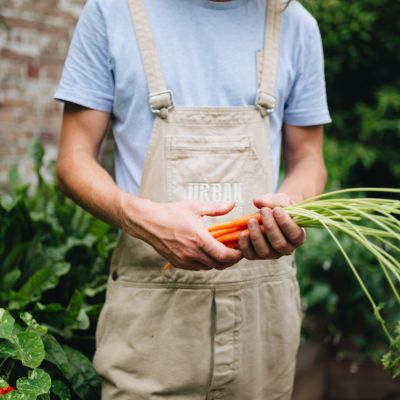How to get the most out of your edible garden during isolation
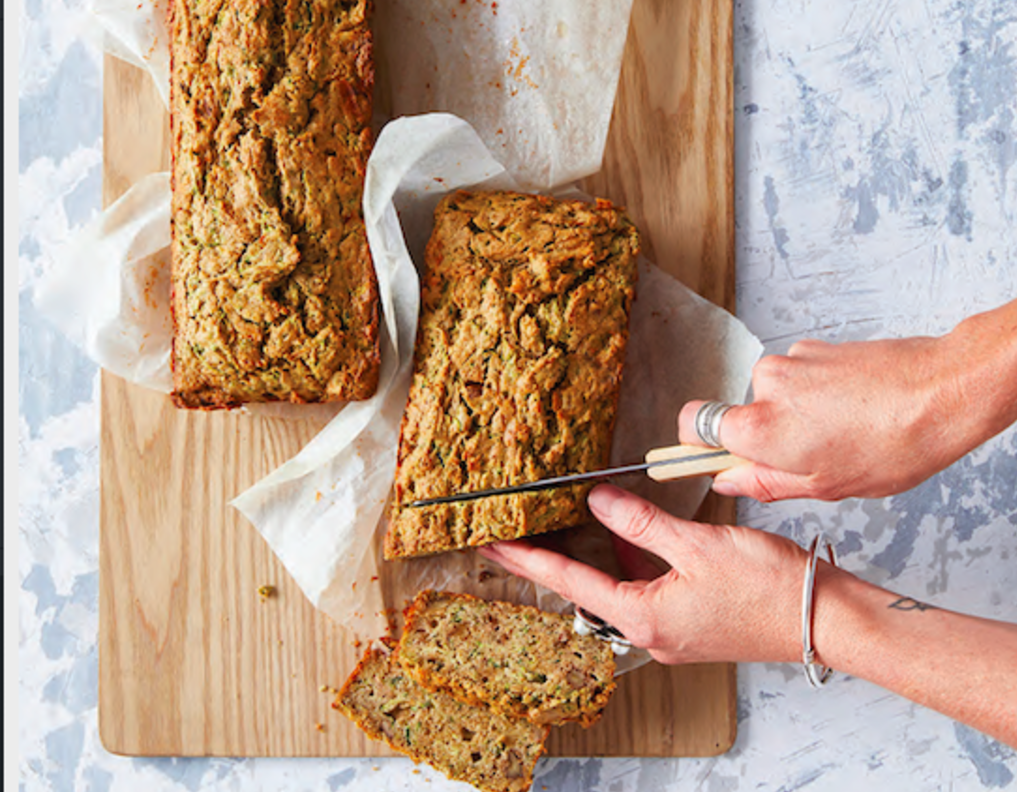
It seems this lockdown situation has people reacquainting themselves with banana bread. Every man and his dog seems to be whipping up some variation on the old faithful, don’t they? And second to that, people seem to be flocking to their gardens in droves.
We’ve been inundated with questions about which seeds to sow now, how best to plan a garden and, ultimately, how to get the most out of edibles during this time.
People slowing down, turning to things like edible gardening, and uh … banana bread baking. After all, reconnecting with our food and where it comes from is exactly what we all need right now.
For me, gardening is the ultimate lesson in surrender and finding patience. It’s the perfect antidote to our fast-paced modern lives, where we push, force and seek out the quick fix or speediest end result.
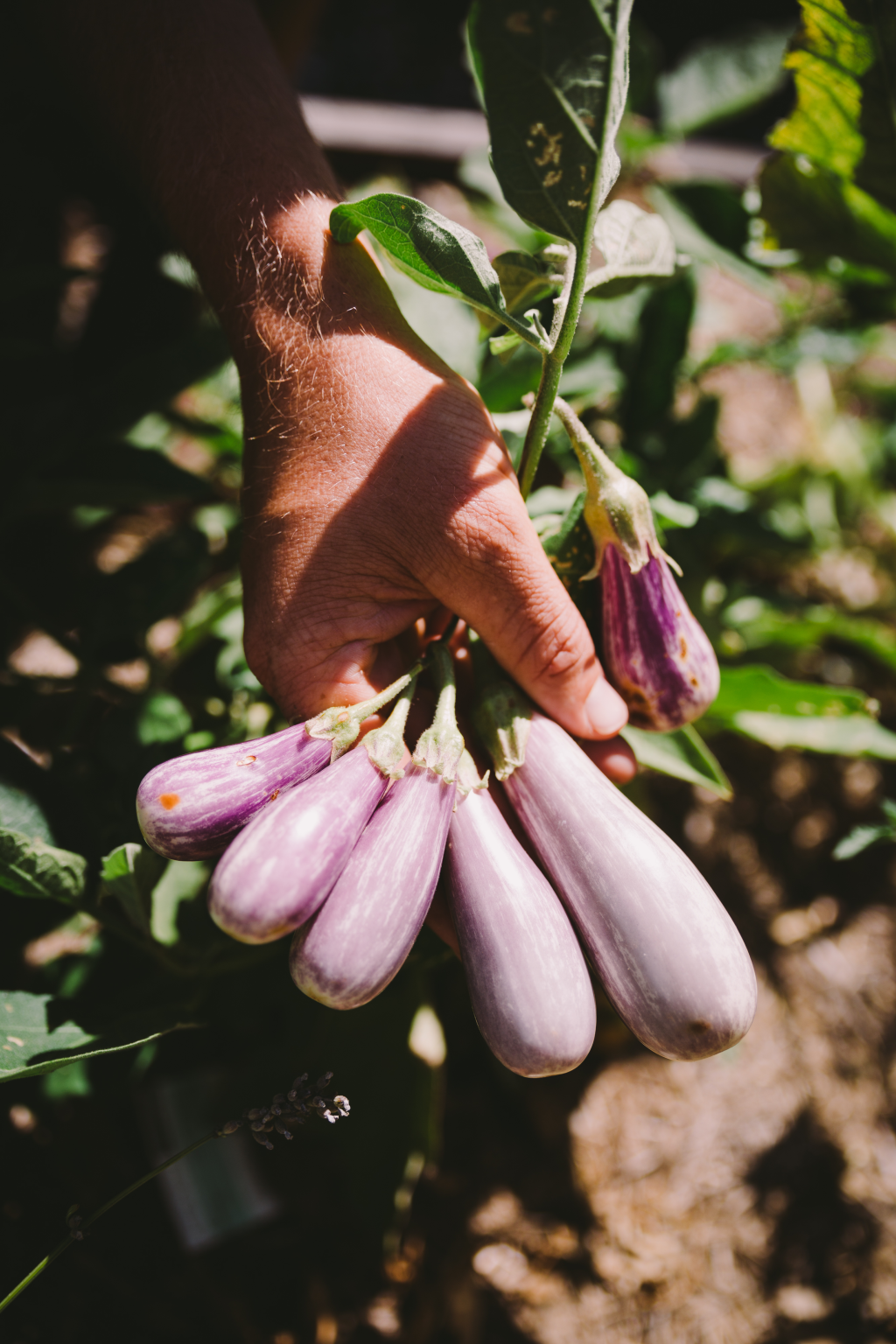
So it goes without saying that I couldn’t be more thrilled to witness the uptake of dirty hands and blooming patches providing some joy in what is an otherwise very strange start to the year.
One of the most common questions we’re being asked at the moment is how to get the most out of your patch during this time, so we’ve listed some key tips below.
Ensuring speedy growth
Ensure your fruits, veggies and herbs are planted in full sun. Move any edibles in pots into sunnier locations if possible and, if you’re just starting out, allocate the sunniest spot possible for your new garden bed or clear out a section of garden where you’ll get at least six hours’ sun per day. I use an app called Sunseeker to help determine how many hours per day your chosen spot will receive.
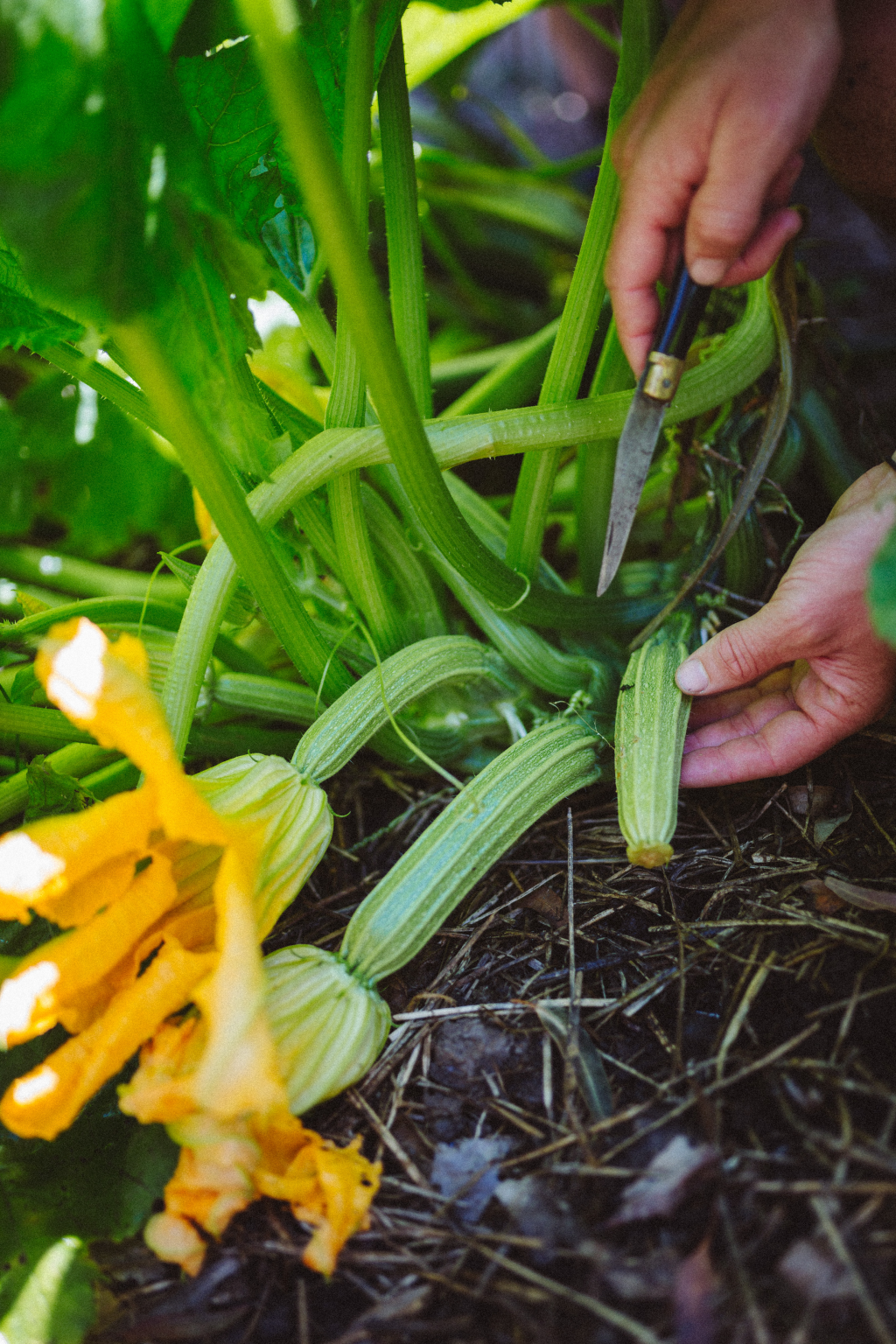
Secondly, invest in a good quality organic fertiliser.
Prepare your garden beds by adding some bags of compost (or your own) and then some bagged manure (fresh manures should be composted first). This adds organic matter to depleted soils, which will help hold water and nutrients in soil and add soil biology (good bacteria and fungi to support plant health).
This will boost the health of your plants and their ability to grow quickly.
Add a slow release plant food such as Katek Super Growth, Troforte veg and herb, Blood and Bone or Dynamic Lifter.
Liquid feeding every few weeks will provide nutrients for plants and will help to condition soils.
Edible annuals generally grow quickly compared to ornamental plants so they will take more food and water while they complete their life cycle. Use a watering can to add your liquid – any seaweed solution such as powdered Eco Seaweed is the way to do it.
Choose quick return plants
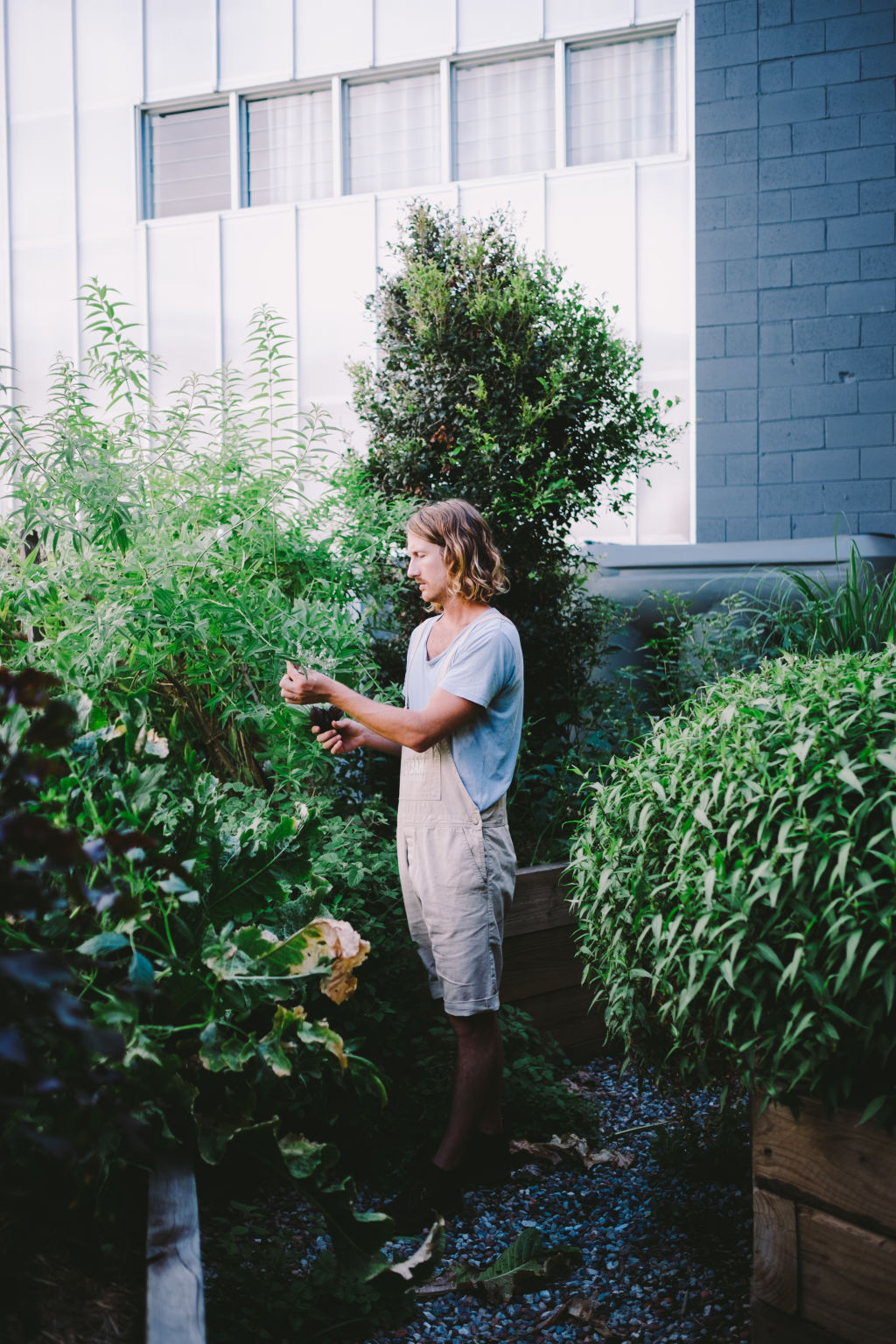
For a quick return on your efforts make sure to grow lots of leafy salad greens. There is life beyond cos lettuce so try to experiment with new flavours and textures. Try growing red or green leaf chicory, endive and rainbow chard from seed.
A favourite among the little people in your lives is the zesty lemon sorrel and, for looks, the red vein sorrel. Watercress, dandelion and kale have high new nutritional benefits.
Another family of quick growers are the oriental greens. I’m always exploring these cultivars as they do well in the cooler months and can be cut often for use.
They’re best grown from seed as they tend to stress and bolt to flower when transplanted. Try your hand at pak choi, bok choy, mizuna or mibuna.
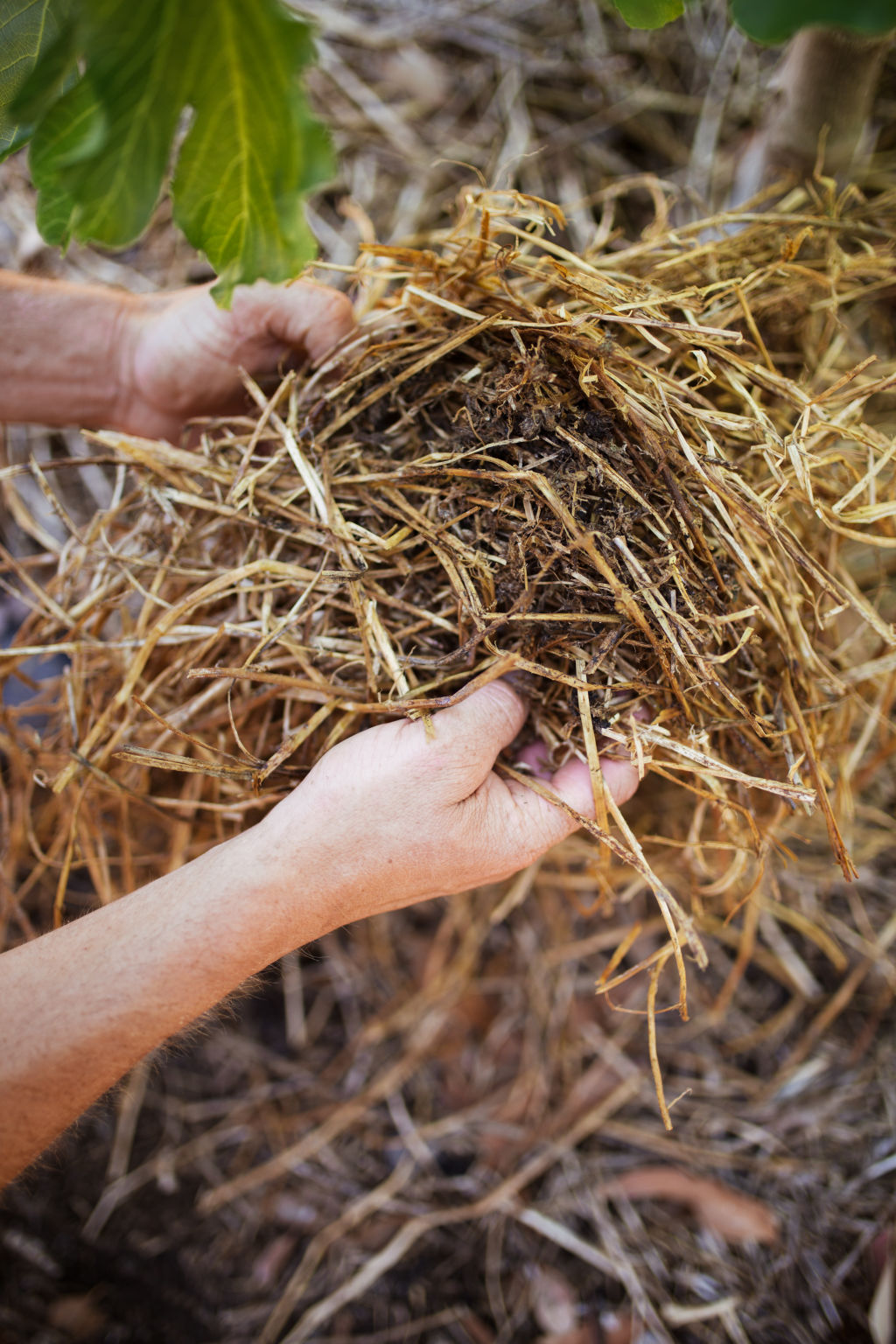
Climbers are another great option to get in now for a speedy return. Peas grow in winter (beans for summer) and the young leaves and tendrils can be used in salads.
Just soak your seed for a night before planting to ensure good germination rates and remember to provide a trellis for climbing support.
Nothing is faster growing or more fun to harvest for bored kids than the array of colourful radish varieties. Other root veggies like carrots and beetroot are great to get in the ground now too. Again, these do well when seeds are soaked overnight before planting.
Skilful harvesting
This might come as a surprise to some people, but the way you harvest will have an effect on your plants’ ability to produce. Always use scissors or a knife to harvest so as not to break the stems or damage other leaves, especially when it’s almost dark and you’re in a rush with dinner on the stove.
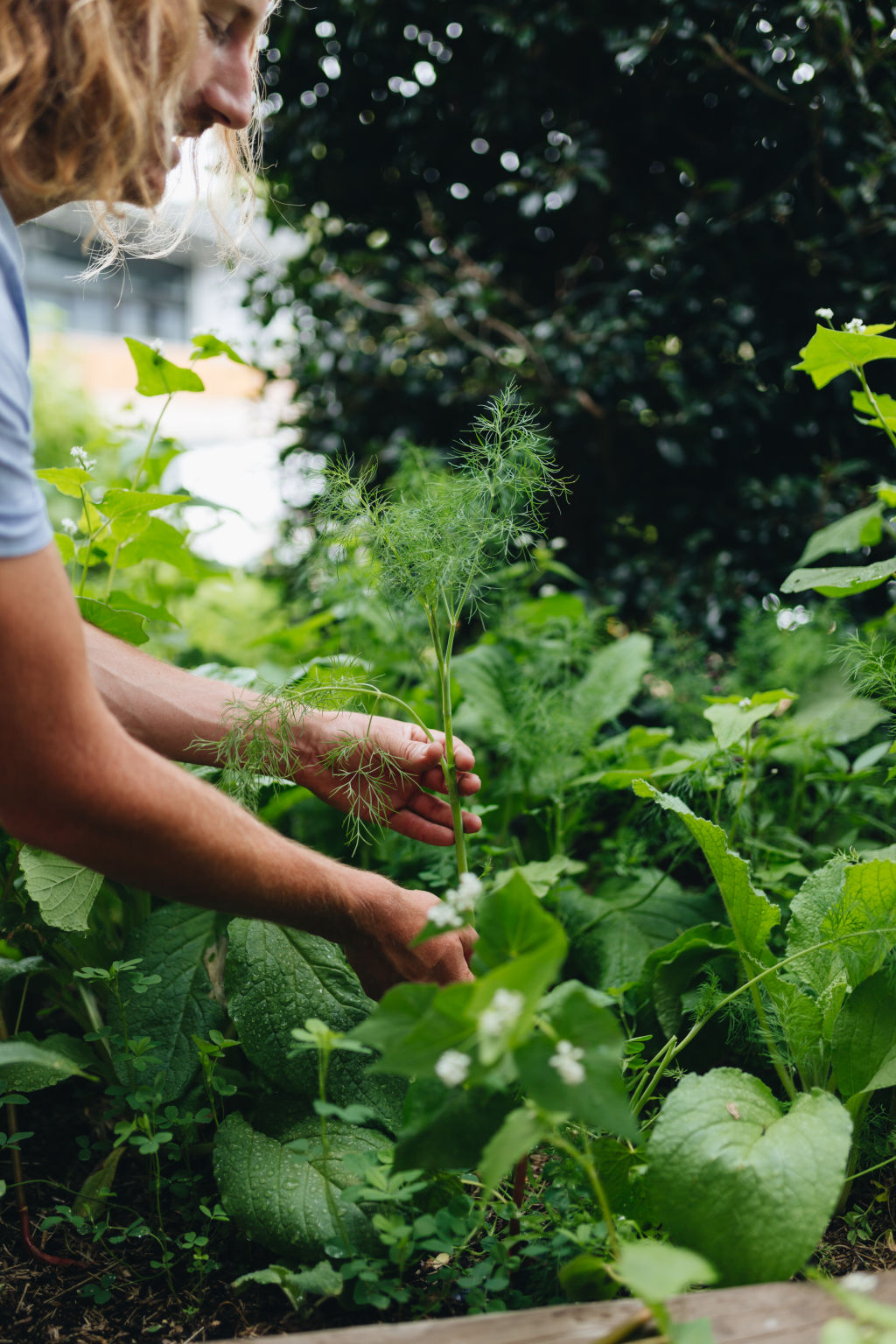
Harvest your salad leaves from the lower outside leaves first rather than snipping through the top growth point where new leaves are unfurling.
Think about how kale, rainbow chard or silverbeet grow and how you can take leaves off lower down without harvesting the whole plants – use the same technique on smaller salad greens mentioned above.
Thrifty kitchen
Getting the most out of your edible garden applies to what you do with it once it lands on your kitchen bench, too. If you’re clever enough to have an abundance of herbs and veggies from your patch, it pays to know how to make the most of it and ensure none of your hard work goes to waste.
Always store your produce in the veggie crisper, and store herbs wrapped in a damp paper towel or prop them up in a jar of water. Rinse your leafy greens in cold water before use and keep root vegetables in a nice dry spot.
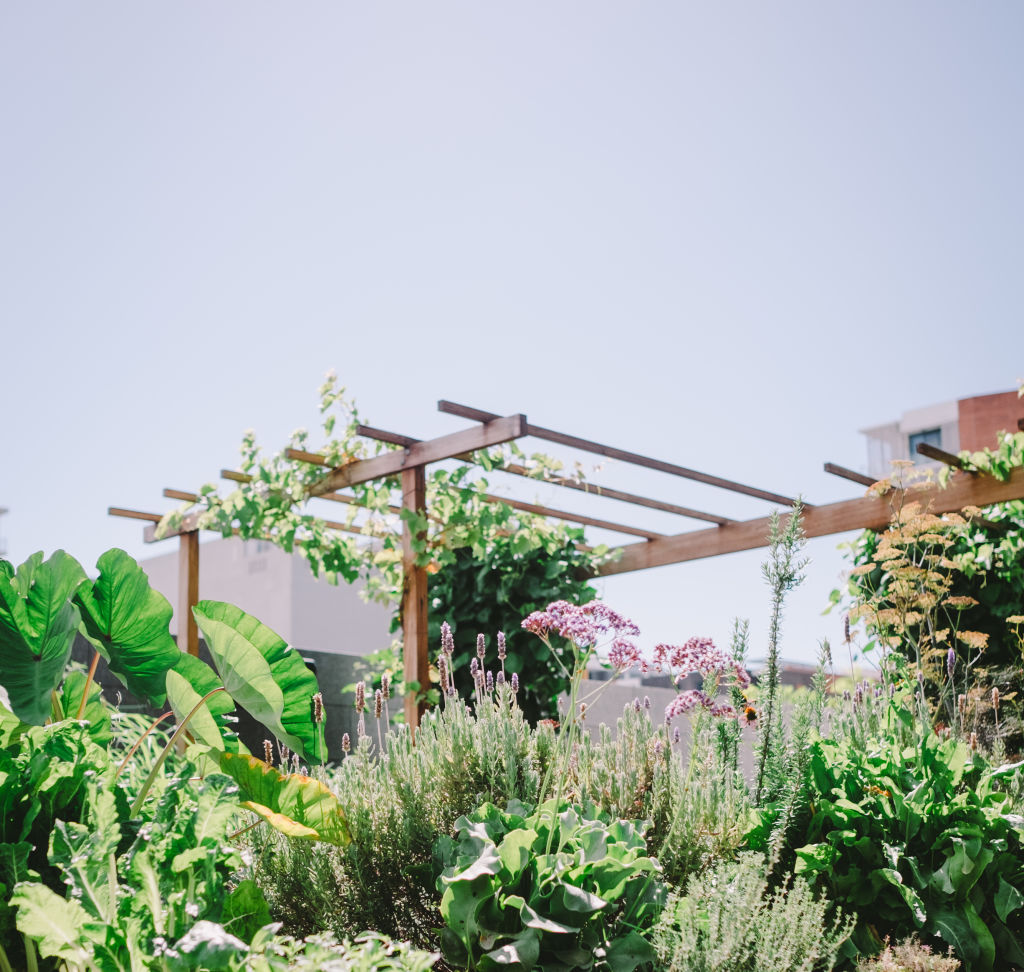
Secondly, consider new ways of using up the entire plant, rather than simply eating the most common part and throwing the rest in the compost.
For instance, beetroot leaves are delicious in salads, fennel tops are great added to herbal teas, and pretty much all of your wasted roots, leaves and off-cuts can be added to a bone broth to enhance nutrition and flavour.
Then, of course, there are a multitude of brilliant ways to savour the flavours of your yield well after growing season is behind you.
Consider fermenting and pickling to prolong the life of your harvest. At our place we use up a big flush of herbs in our herb butter that we store in the freezer, and use an array of fruits (and often herbs) in jams, oils or kombucha.
Or like the rest of the population in self-isolation, we bake! Below is our tried and tested recipe of Lemon, Zucchini and Rosemary Bread. We always bake two loaves at a time – one for us, and one to pop in the freezer for a rainy day.

Lemon, Zucchini and Rosemary Bread
Ingredients
- 4 cups spelt flour
- 1 teaspoon baking powder
- 1 cup walnuts, roughly chopped
- 2 tablespoons finely chopped rosemary
- ½ teaspoon salt
- 4 eggs
- 4 cups grated zucchini
- ¾ cup melted coconut oil
- ½ cup melted butter
- 1½ tablespoons grated lemon zest
- 1 tablespoon honey
Method
- Preheat the oven to 180C. Grease two 21 x 11 x 7 cm loaf tins with coconut oil.
- In a large bowl, combine the flour, baking powder, walnuts, rosemary and salt.
- In a separate bowl, whisk the eggs. Stir in the zucchini, coconut oil, butter, lemon zest and honey.
- Slowly add the dry ingredients to the wet, stirring as you go.
- Divide the dough into the two loaf tins. Bake for 40–45 minutes or until the loaves are golden brown. You’ll know each loaf is ready when you gently press down on the top and it bounces back.
- Transfer the loaves to a wire rack and allow them to cool in the tin for a few minutes. Take the loaves out of the tins and place them on the rack to cool completely.
- Serve slices with butter and ricotta, or toast them under the grill with some cheese.
We recommend
We thought you might like
States
Capital Cities
Capital Cities - Rentals
Popular Areas
Allhomes
More

